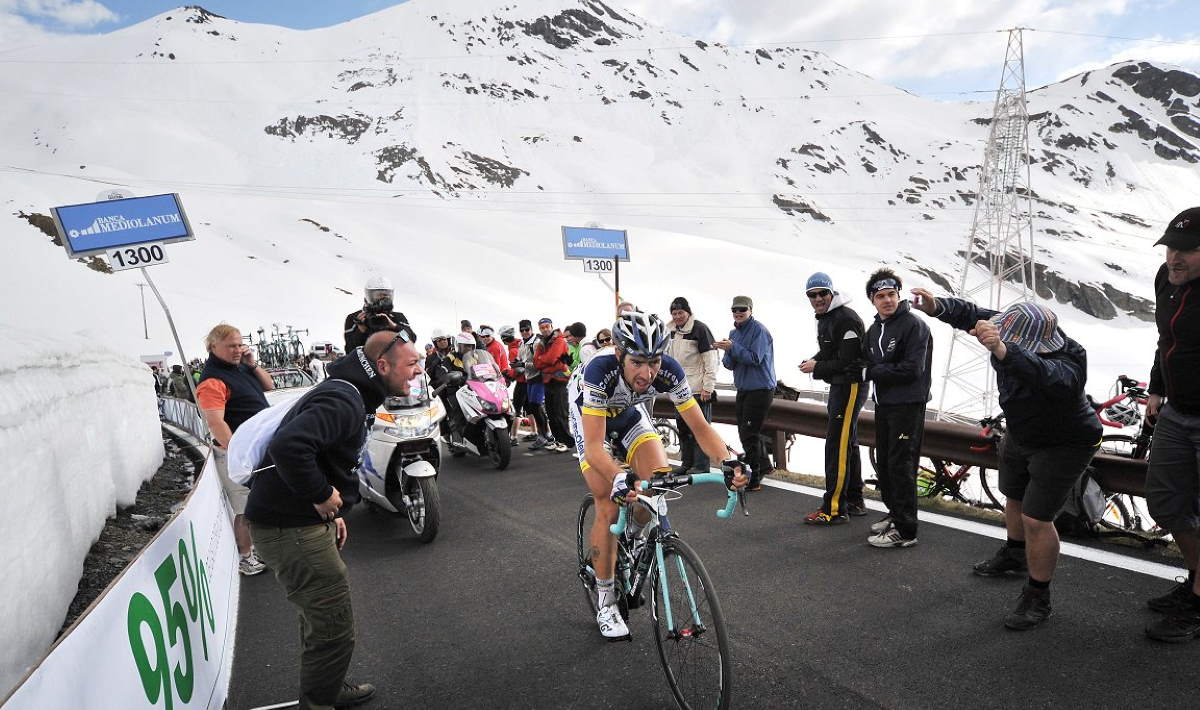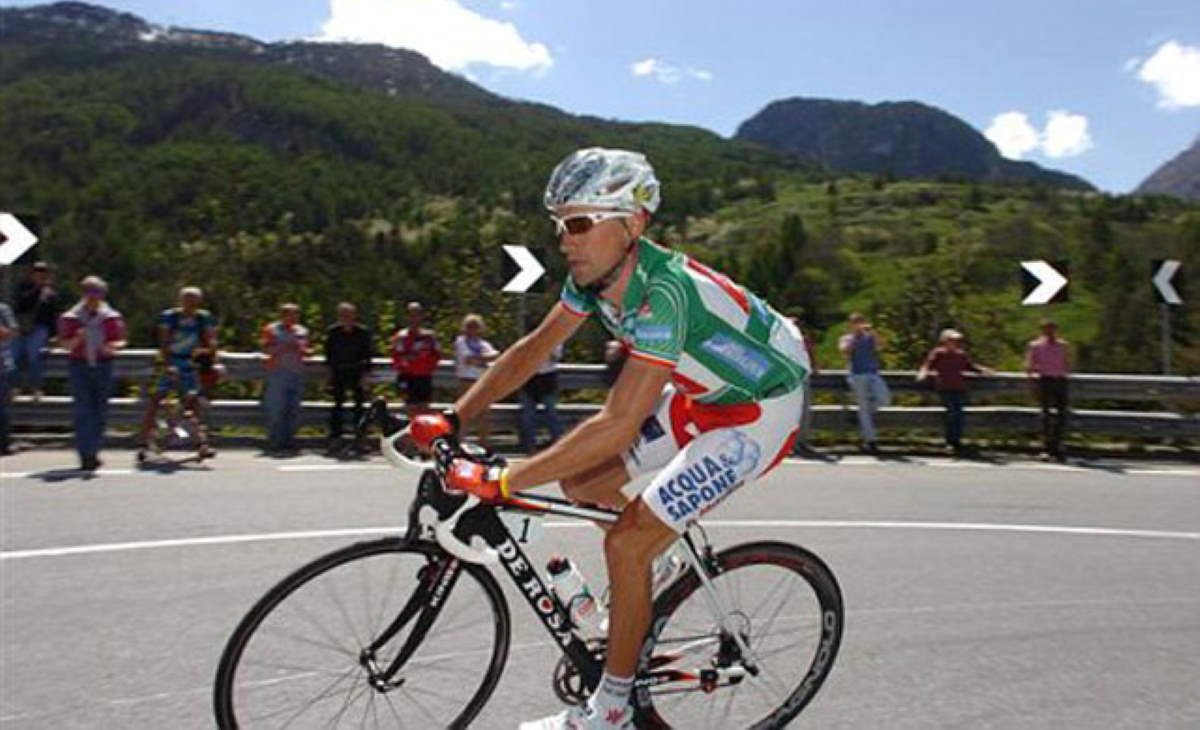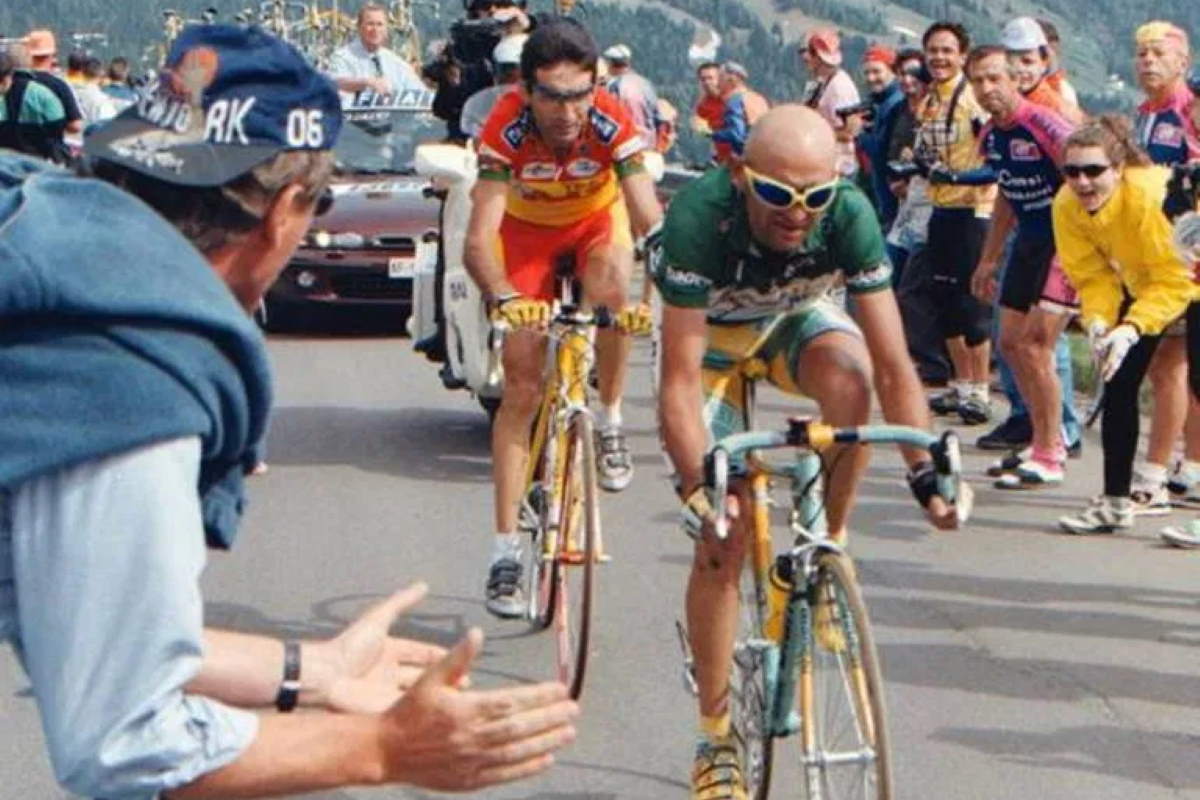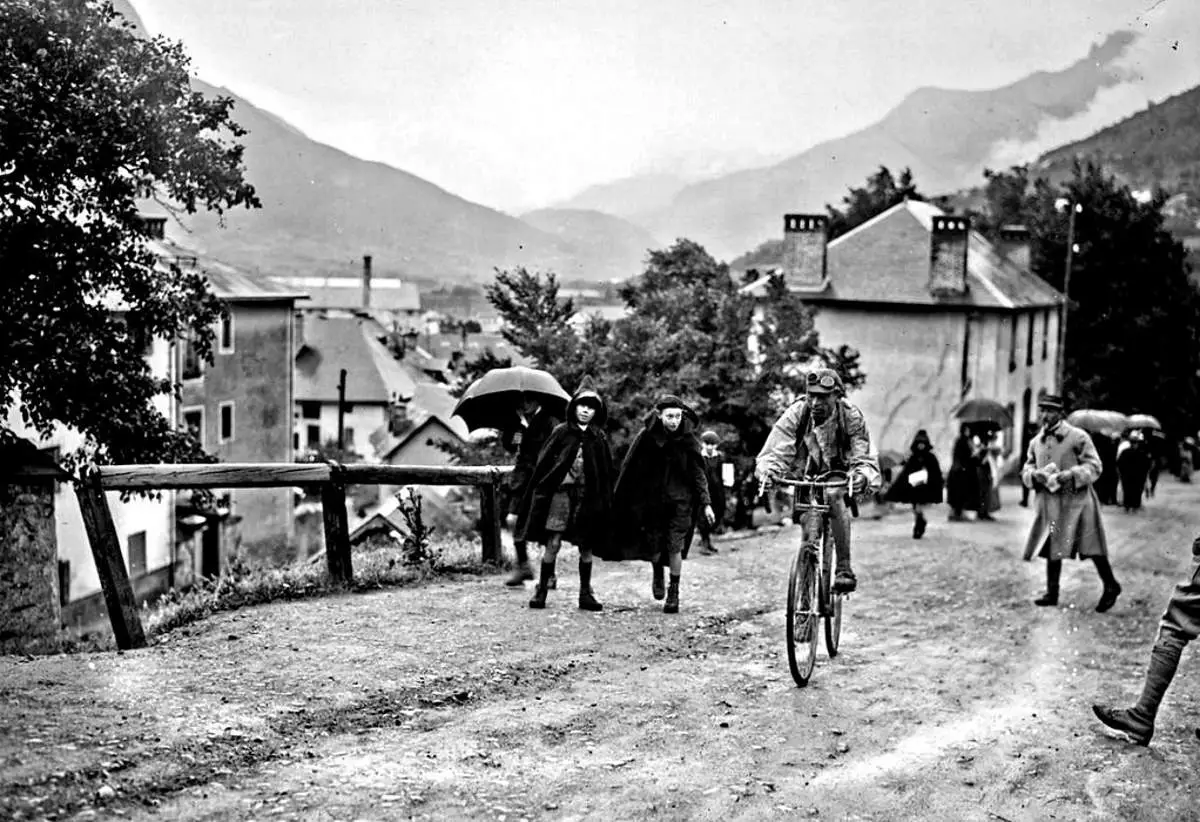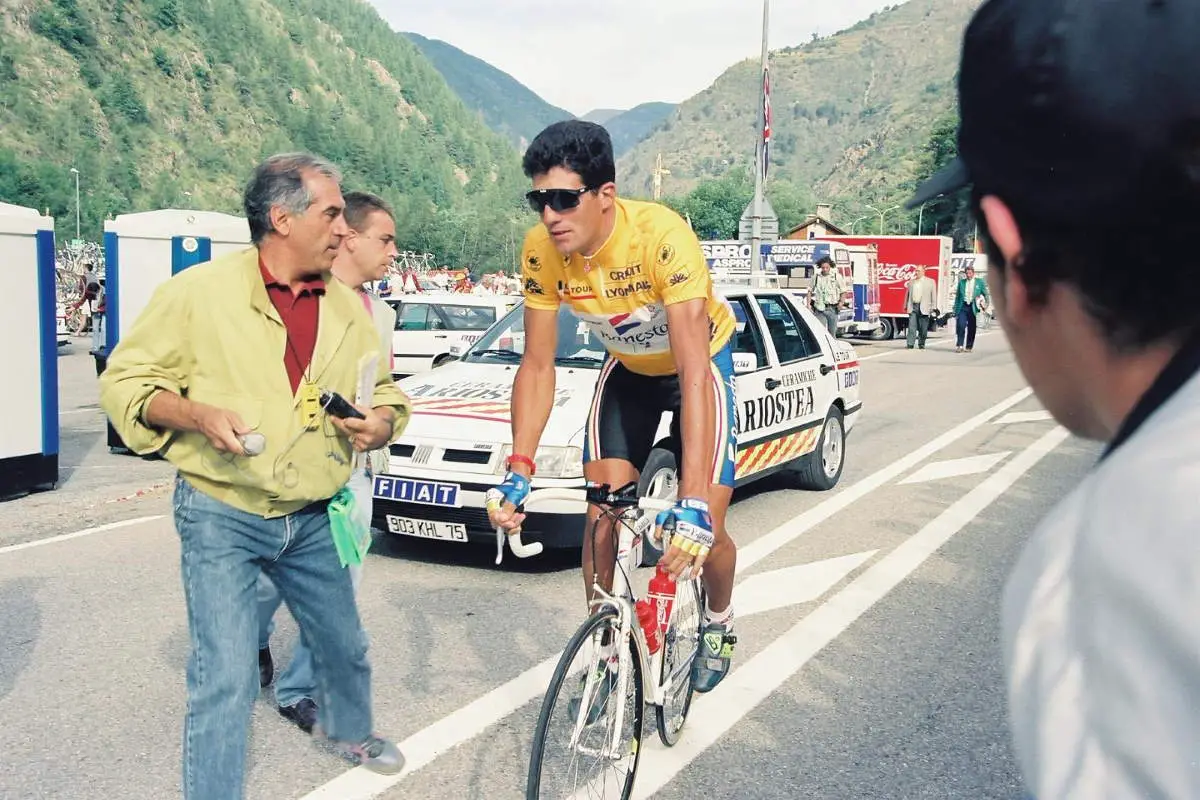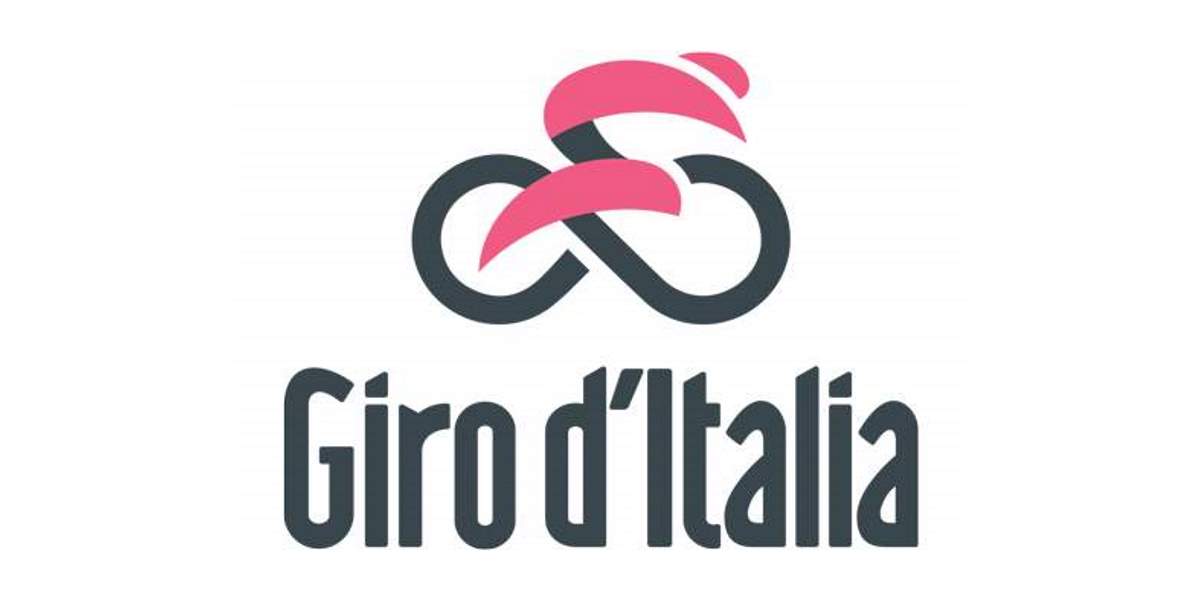Cycling has always been a sport of evolution and innovation, and the Chateau d’Ax-Salotti team exemplified this spirit during their remarkable 1990 season. This retrospective delves into the highlights of that transformative year, exploring the pivotal races, standout performances, and the enduring legacy of a team that left an indelible mark on the cycling world.

